Music education should be a central component of any academic program, even in the early grades. Learning about music accelerates cognitive development, boosts creativity, and brings joy to the learning process. As a homeschooling parent, you can design a diverse music curriculum tailored to your child’s interests and abilities. Use these tips to craft an enriching program.
Lay the Foundations with Music Theory
Introduce the building blocks of reading and understanding music:
– Note recognition on treble and bass clef using mnemonics like Every Good Boy Does Fine.
– Rhythm by having students clap or tap quarter, half, whole notes, and rests.
– Music symbols, key signatures, time signatures.
– Listening exercises identifying patterns, instruments, and changes.
– Beginner instruction on beat, melody, harmony, form, timbre, dynamics.


Make it Multisensory
Young learners benefit from a hands-on approach. Incorporate:
– Movements and dance to feel rhythm patterns.
– Playing basic percussion instruments like shakers, drums, and tambourines.
– Crafts to make instruments using household items.
– Song memorization by connecting lyrics to motions.
– Creating original sound effects for stories using instruments.
– Field trips to orchestral performances, music museums, and studios.
Encourage Daily Musical Play
Informal immersion is essential:
– Provide a variety of musical toys and instruments for free play.
– Play diverse musical styles and eras during daily activities.
– Have quick afternoon jam sessions together.
– Host regular family karaoke or singalong nights.
– Allow Experimentation with sound creation.
Cultivate Appreciation Across Genres
Expose students to:
– Classical composers like Mozart, Beethoven, and Vivaldi.
– Traditional folk songs from around the world.
– Jazz and blues artists like Ella Fitzgerald and Louis Armstrong.
– Children’s music by Raffi, Pete Seeger, and Tom Chapin.
– Modern styles like pop, rock, hip hop, and electronic.

Music should not be a mere reinforcement of other subjects. Nurture it as a distinct discipline vital to sparking imagination, expression, and a lifelong love of learning in your budding young musician.
Conclusion
Incorporating diverse, interactive, and spontaneous musical experiences into the elementary homeschool routine nourishes creativity, cognition, and passion. With attentive guidance and a curriculum spanning theory, instruments, genres, and hands-on creativity, homeschooling parents can plant the seeds for a rewarding lifelong relationship with music.

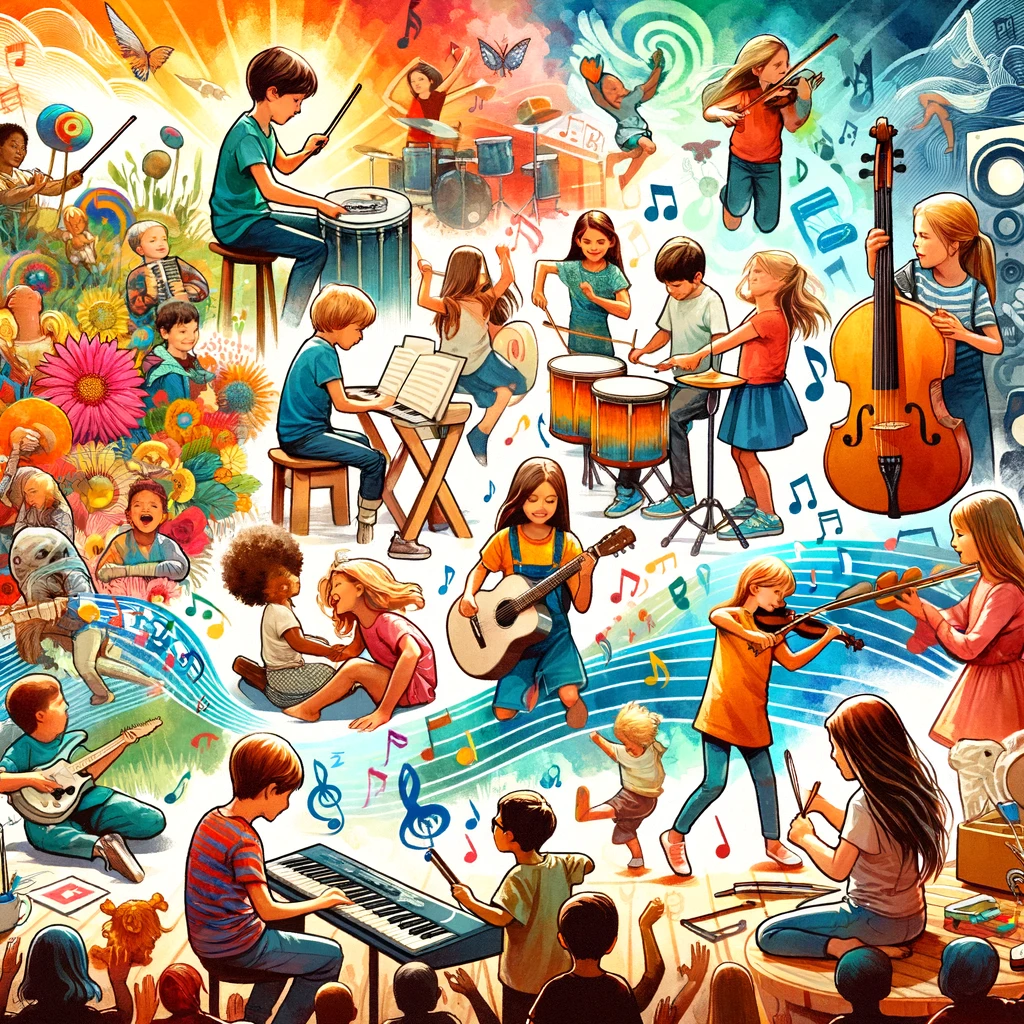
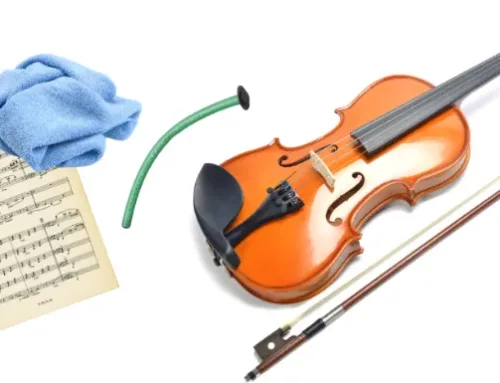
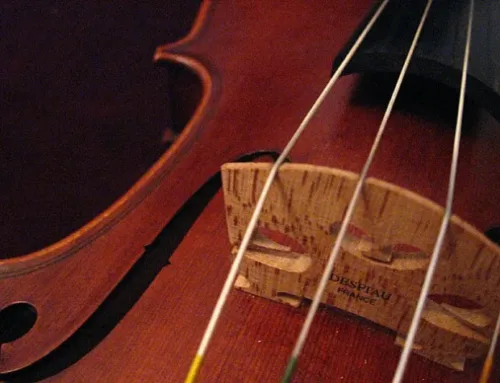
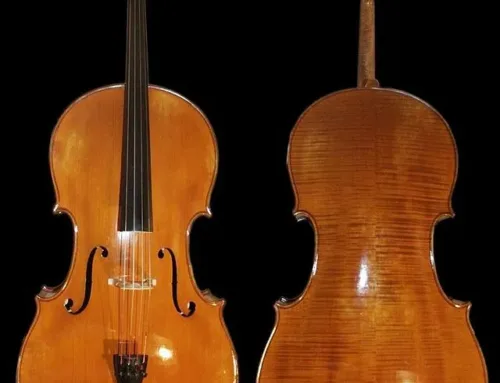
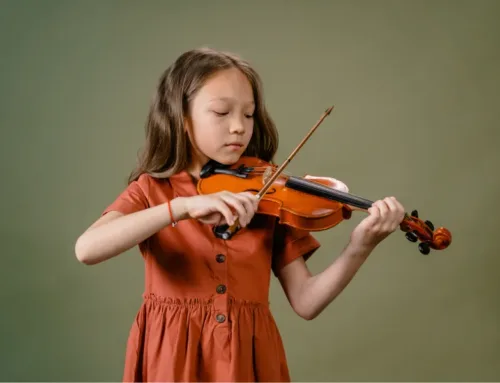


Leave A Comment
You must be logged in to post a comment.